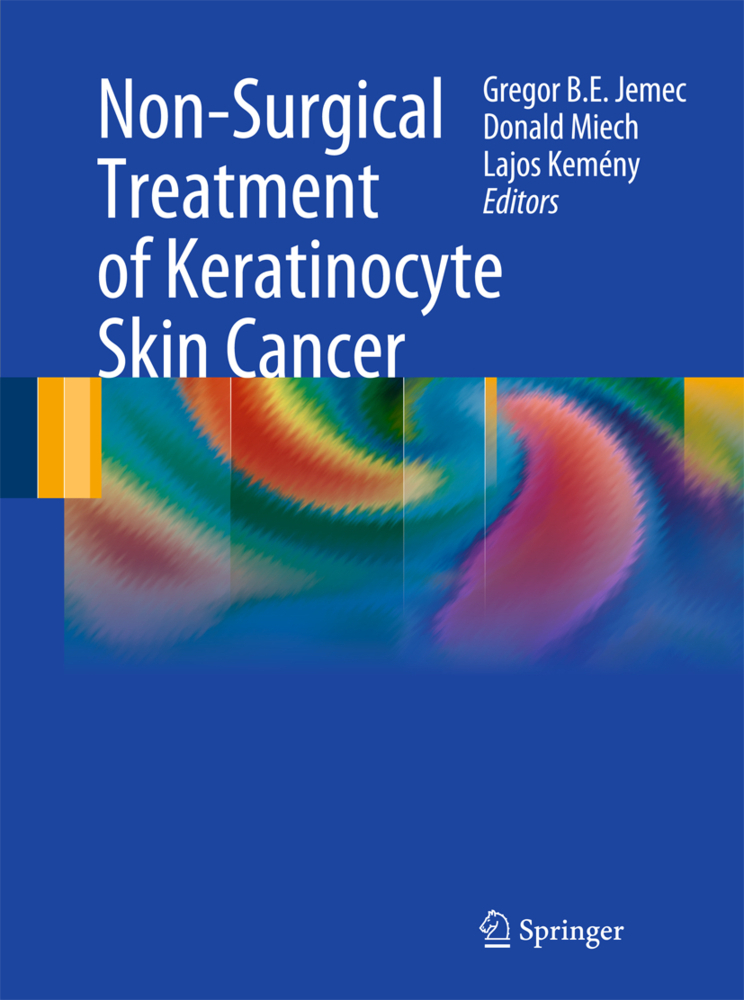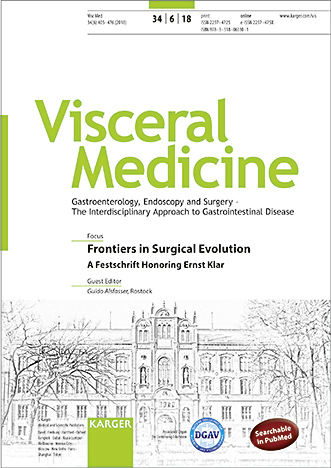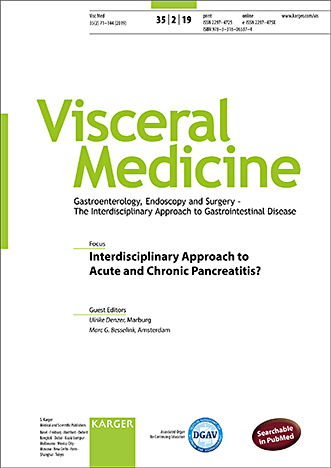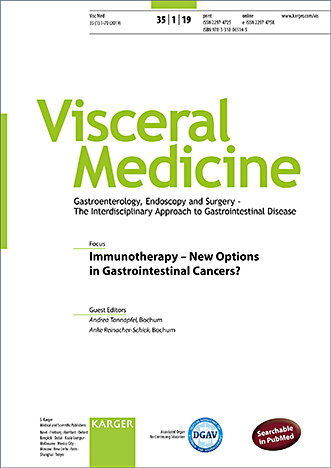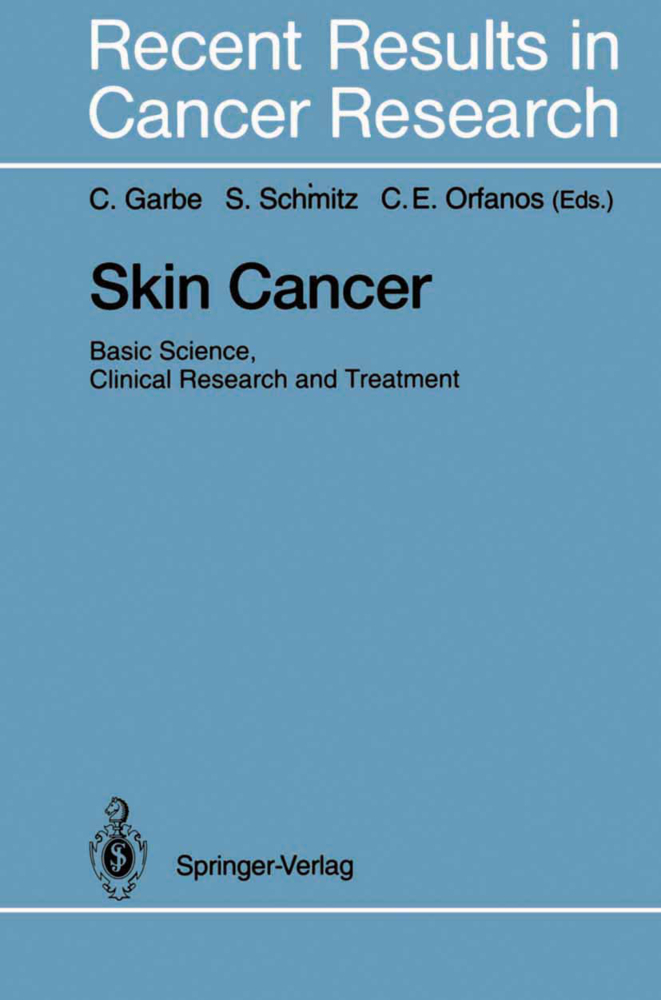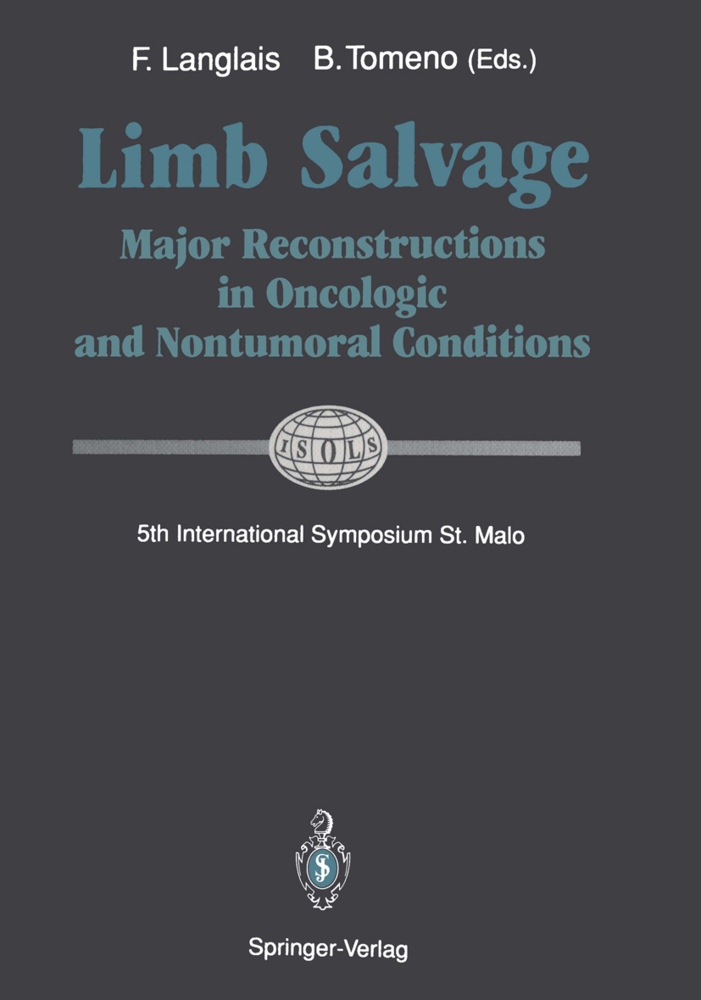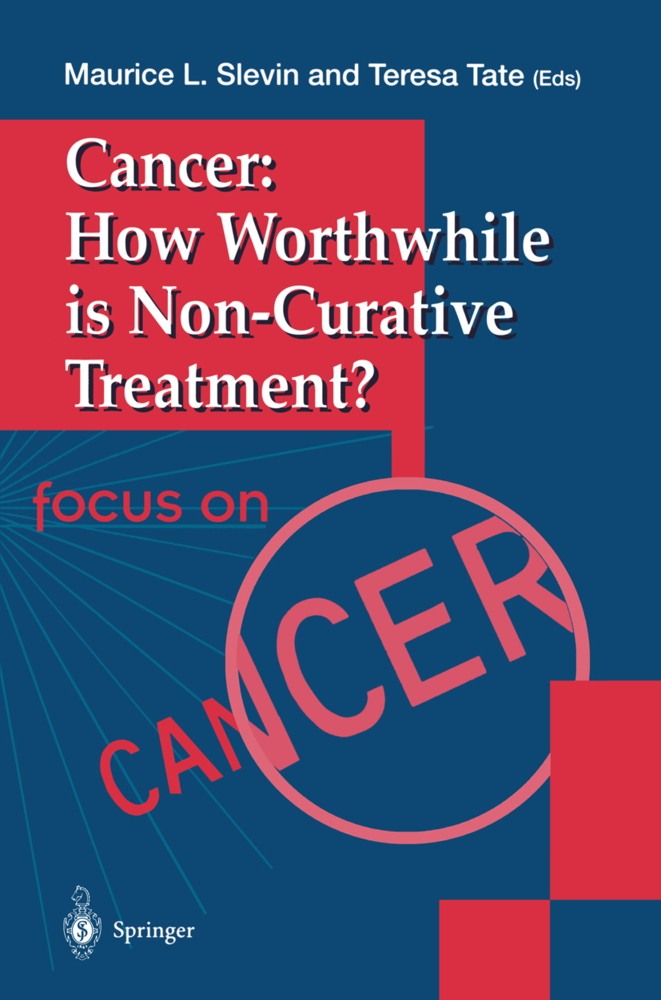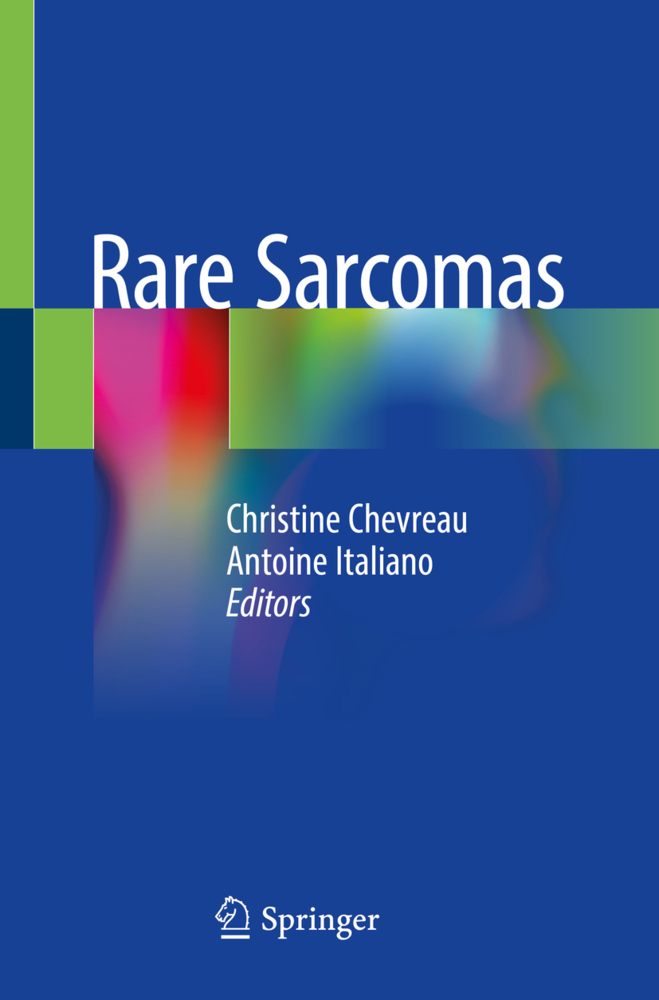Non-Surgical Treatment of Keratinocyte Skin Cancer
With more and more patients suffering from field cancerisation, an alternative for repeated surgery for the diagnosis and treatment of non-melanoma skin cancer is becoming necessary. Although surgery remains the gold standard for treatment of non-melanoma or keratinocyte skin cancer, it also has its downside. Surgery leaves scars and nowadays the cosmetic outcome of therapy is becoming increasingly important. Since many cases can effectively be managed without surgery, the possibilities of non-surgical therapy are gaining popularity, particularly in low malignancy tumours. This reader-friendly clinical guide offers treatment options for the growing group of these patients. It describes the current state-of-the art for non-surgical treatment of this type of skin cancer, and gives factual knowledge to beginners and new inspirations to experts.
1;Non-Surgical Treatment of Keratinocyte Skin Cancer;2 1.1;Title Page;3 1.2;Copyright page;4 1.3;Preface;5 1.4;Contents;6 1.5;Contributors;9 1.6;Chapter 1;12 1.6.1;From Precursor to Cancer: Field Cancerization and the Opportunities for Therapy;12 1.6.1.1;1.1 Actinic Keratoses and Squamous Cell Carcinoma;13 1.6.1.2;1.2 Basal Cell Carcinoma;15 1.6.1.3;1.3 Malignant Melanoma;15 1.6.1.4;1.4 Treatment of Field Change;16 1.6.1.5;References;17 1.7;Chapter 2;19 1.7.1;When Is a Skin Cancer a Cancer: The Histopathologist's View;19 1.7.1.1;2.1 Field Cancerization from the Dermatopathologist's Point of View;19 1.7.1.2;2.2 Histologic Diagnosis of Skin Cancers;21 1.7.1.3;2.3 Advanced Diagnostic Techniques;22 1.7.1.4;References;23 1.8;Chapter 3;25 1.8.1;Epidemiology of Non-Melanoma Skin Cancer;25 1.8.1.1;3.1 Introduction;25 1.8.1.2;3.2 Descriptive Epidemiology;25 1.8.1.3;3.3 Incidence;26 1.8.1.3.1;3.3.1 Basal Cell Carcinoma;26 1.8.1.3.1.1;3.3.1.1 Gender and Age Distribution;26 1.8.1.3.1.2;3.3.1.2 Trends in BCC Incidence;26 1.8.1.3.1.3;3.3.1.3 Body-Site Distribution and Histological Classification of BCC;28 1.8.1.3.2;3.3.2 Squamous Cell Carcinoma;28 1.8.1.3.2.1;3.3.2.1 Gender and Age Distribution;28 1.8.1.3.2.2;3.3.2.2 Body-Site Distribution;28 1.8.1.3.2.3;3.3.2.3 Trends in SCC Incidence;28 1.8.1.4;3.4 Methodological Problems in Studying NMSC Incidence;29 1.8.1.5;3.5 NMSC Prognosis and Mortality;29 1.8.1.6;3.6 All-Cause Mortality;30 1.8.1.7;3.7 Risk of De Novo Occurrence of NMSC;30 1.8.1.7.1;3.7.1 Risk of Other Malignancy After NMSC;30 1.8.1.7.2;3.7.2 Risk of Other Malignancy After BCC;30 1.8.1.7.3;3.7.3 Risk of Other Malignancies After SCC;31 1.8.1.8;3.8 Methodological Problems in Studying Relative Effects of NMSC;31 1.8.1.9;3.9 Economic and Social Impact;32 1.8.1.10;3.10 Take Home Pearls;32 1.8.1.11;References;32 1.9;Chapter 4;35 1.9.1;Genetics of Non-Melanoma Skin Cancers and Associated Familial Syndromes;35 1.9.1.1;4.1 Introduction to Cancer Genetics;35 1.9.1.1.1;4.1.1 Genetic Basis of Familial Cancer Syndromes;36 1.9.1.2;4.2 Genetic Targets in Sporadic Non-Melanoma Skin Cancers (NMSCs);37 1.9.1.2.1;4.2.1 TP53 in NMSCs;37 1.9.1.2.1.1;4.2.1.1 p53 in BCCs;37 1.9.1.2.1.2;4.2.1.2 p53 in SCCs;38 1.9.1.2.2;4.2.2 RAS in NMSCs;38 1.9.1.2.3;4.2.3 CDKN2A in NMSCs;38 1.9.1.3;4.3 Cancer Syndromes with Established Genetic Defects;39 1.9.1.3.1;4.3.1 Basal Cell Nevus Syndrome (OMIM 109400);39 1.9.1.3.1.1;4.3.1.1 Cutaneous Findings;39 1.9.1.3.1.2;4.3.1.2 Extracutaneous Findings;40 1.9.1.3.1.3;4.3.1.3 Patched Gene and Sonic Hedgehog;40 1.9.1.3.2;4.3.2 Xeroderma Pigmentosum (OMIM 194400, 278700-278800);40 1.9.1.3.2.1;4.3.2.1 Cutaneous Findings;41 1.9.1.3.2.2;4.3.2.2 Extracutaneous Findings;41 1.9.1.3.2.3;4.3.2.3 Nucleotide Excision Repair Pathways;42 1.9.1.3.3;4.3.3 Muir-Torre Syndrome (OMIM 158320);42 1.9.1.3.3.1;4.3.3.1 Cutaneous Findings;43 1.9.1.3.3.2;4.3.3.2 Extracutaneous Findings;43 1.9.1.3.3.3;4.3.3.3 Mismatch Repair Pathways;44 1.9.1.4;4.4 Cancer Syndromes Without Established Genetic Defects;44 1.9.1.4.1;4.4.1 Syndromes with Basal Cell Carcinomas;44 1.9.1.4.1.1;4.4.1.1 Bazex Syndrome (OMIM 301845);44 1.9.1.4.2;4.4.2 Rombo Syndrome (OMIM 180730);44 1.9.1.4.3;4.4.3 Syndromes with Squamous Cell Carcinomas;44 1.9.1.4.3.1;4.4.3.1 Multiple Self-Healing Squamous Epithelioma (OMIM 132800);44 1.9.1.4.3.2;4.4.3.2 Epidermodysplasia Verruciformis (OMIM 226400);45 1.9.1.5;References;45 1.10;Chapter 5;49 1.10.1;Environmental Risk Factors for Non-Melanoma Skin Cancers;49 1.10.1.1;5.1 Solar Ultraviolet Radiation;49 1.10.1.2;5.2 Human Papilloma Virus;51 1.10.1.3;5.3 Immunosuppression;52 1.10.1.3.1;5.3.1 Iatrogenic Immunosuppression;52 1.10.1.3.2;5.3.2 Acquired Immunodeficiency Syndrome (AIDS);53 1.10.1.4;5.4 Phototherapy;53 1.10.1.4.1;5.4.1 Psoralen and Ultraviolet-A (PUVA) Therapy;53 1.10.1.4.2;5.4.2 Ultraviolet-B Phototherapy;54 1.10.1.5;5.5 Ionising Radiation;54 1.10.1.6;5.6 Occupational Factors;55 1.10.1.7;5.7 Arsenic;56 1.10.1.8;5.8 Tobacco Smoking and Diet;5
Jemec, Gregor
Kemeny, Lajos
Miech, Donald
| ISBN | 9783540793410 |
|---|---|
| Artikelnummer | 9783540793410 |
| Medientyp | E-Book - PDF |
| Auflage | 2. Aufl. |
| Copyrightjahr | 2009 |
| Verlag | Springer-Verlag |
| Umfang | 217 Seiten |
| Kopierschutz | Digitales Wasserzeichen |

